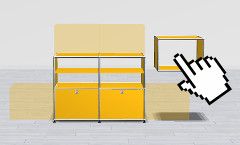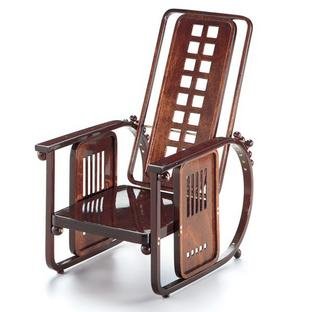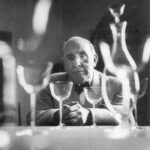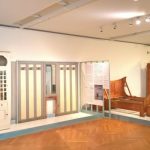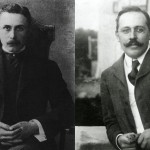5 New Architecture & Design Exhibitions for December 2021
...And during your visit please stay safe, stay responsible, and above all, stay curious…… "Josef Hoffmann: Progress Through Beauty" at the MAK – Museum für angewandte Kunst, Vienna, Austria Born on December 15th 1870 in the contemporary Brtnice, Czech Republic, Josef Hoffmann is and was without question one of the more important protagonists in the development of European architecture and design in the late 19th/early 20th centuries; and that not only on account of what he himself realised, important as that is, nor only through his teaching, important as that is, but also through his work in mediating, one could say popularising, the developing positions of the periods in which he was active... Promising a presentation of over 1,000 objects from across the genres in which Hoffmann was active, including architecture, interior design, product design and exhibition design, and featuring both well known projects and moments and also little known, and a great many previously unseen, projects and moments, Progress Through Beauty should provide not only for a fulsome Josef Hoffmann retrospective worthy of his contribution to developments in architecture and design, but for all allow for new insights into Hoffmann's oeuvre and contribution; should allow for differentiated approaches to Hoffmann's oeuvre and contribution, which should not only allow for a more complete understanding of Josef Hoffmann's relevance and legacy, but also allow for more complete understandings of the development(s) of architecture and design...

